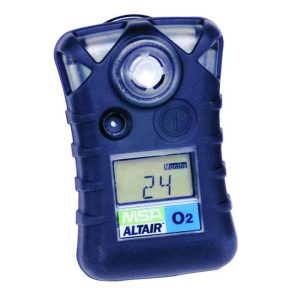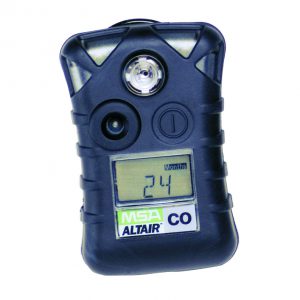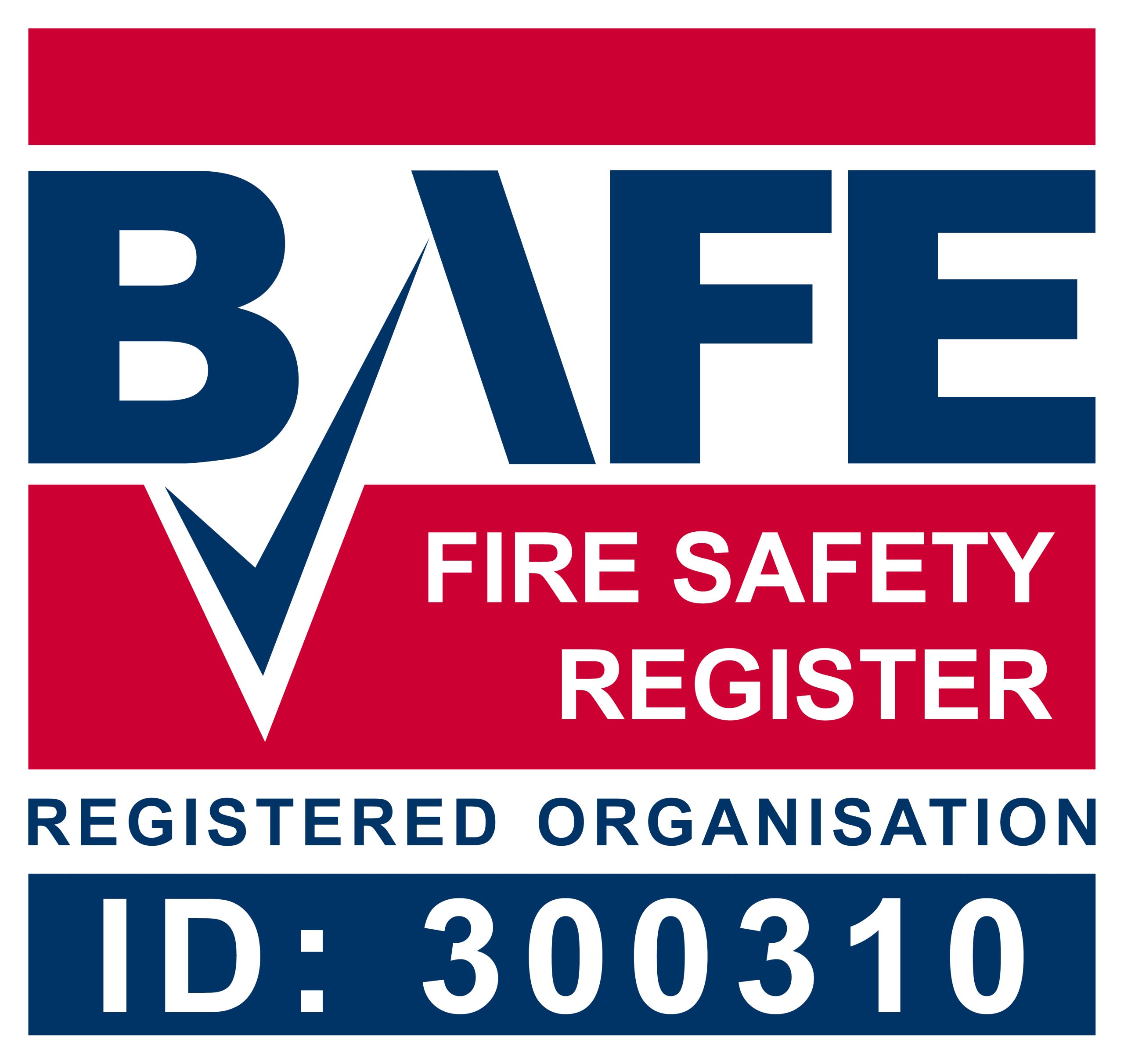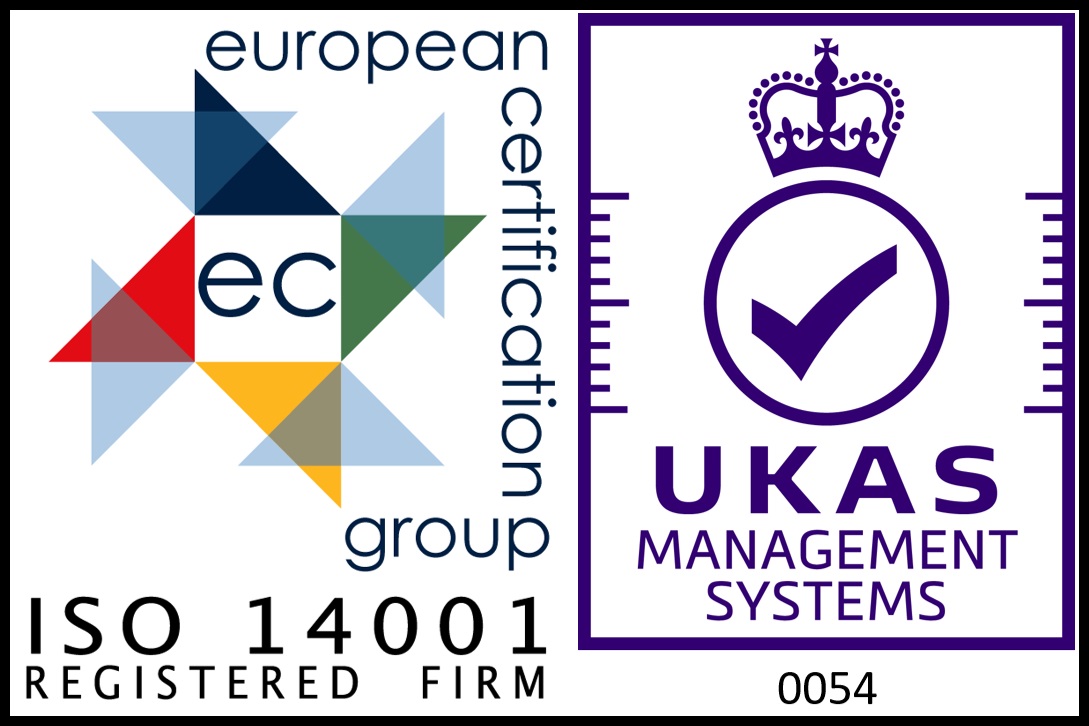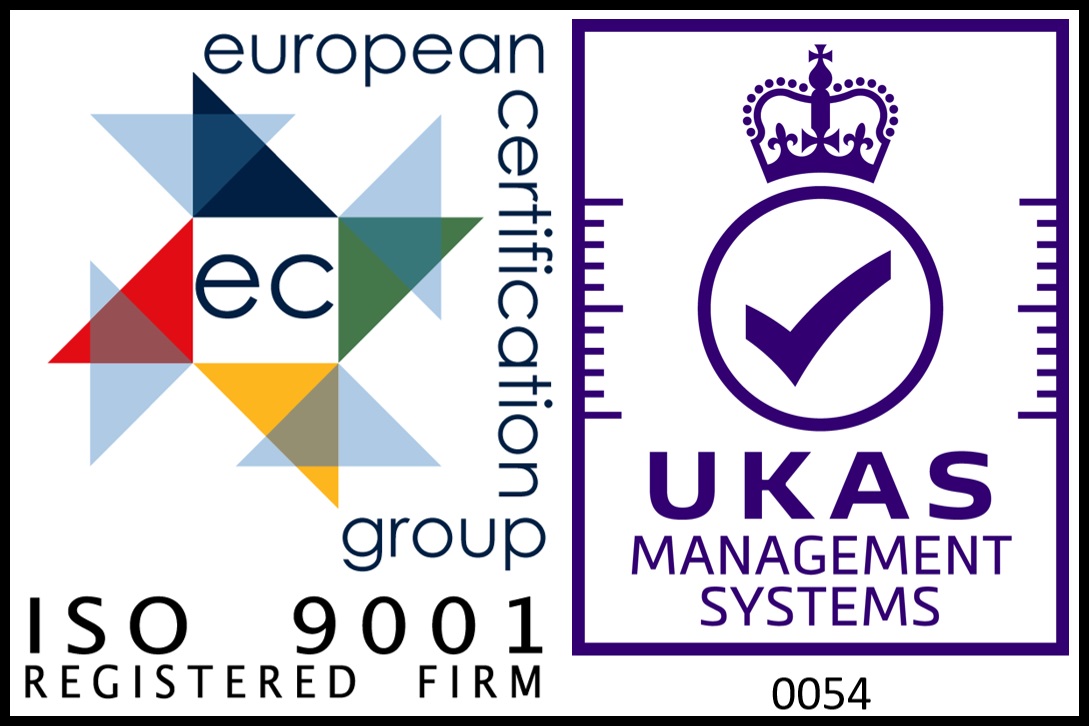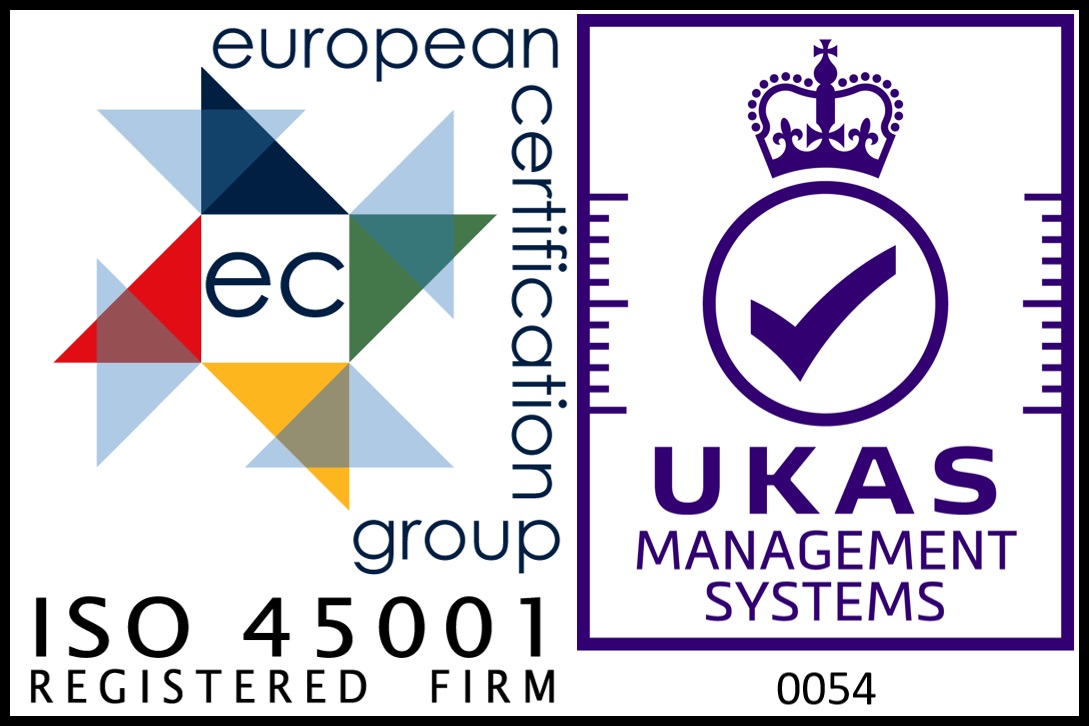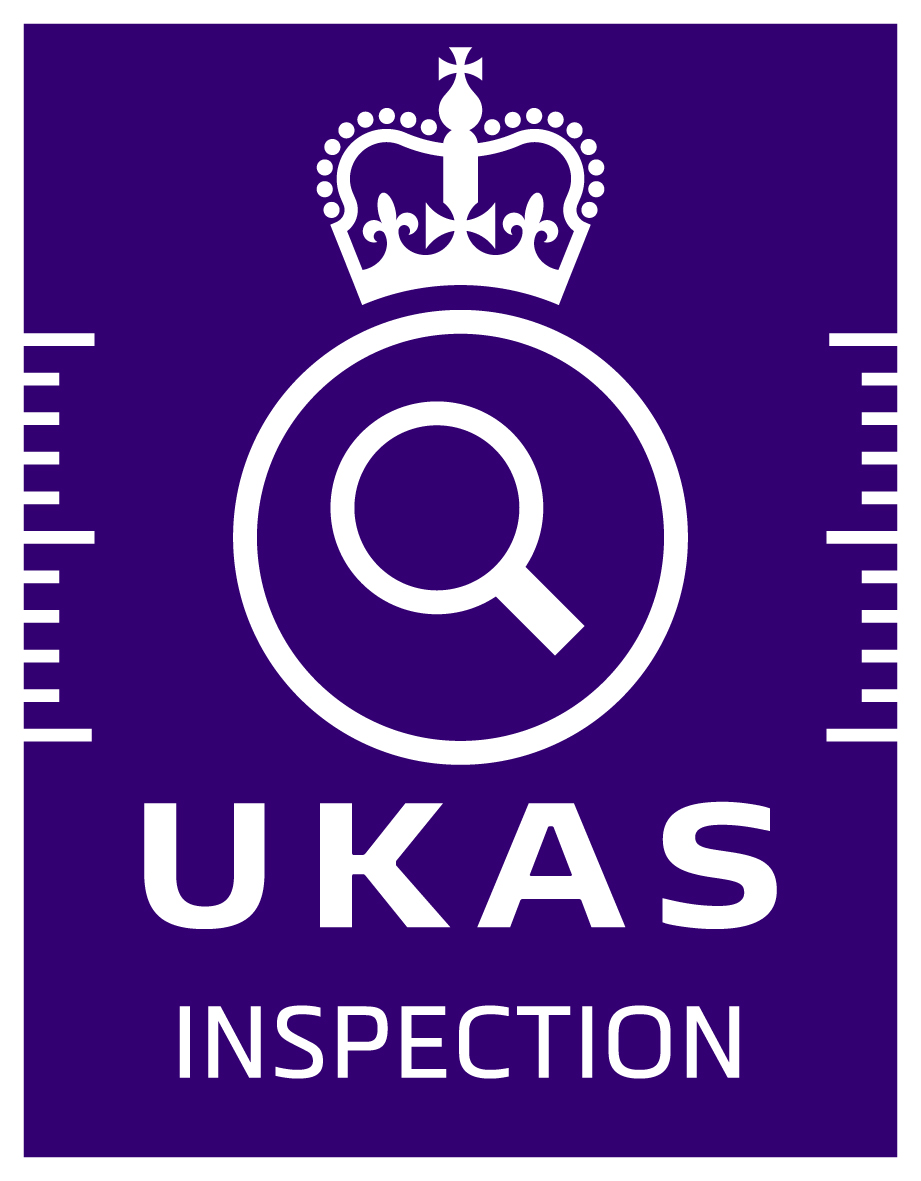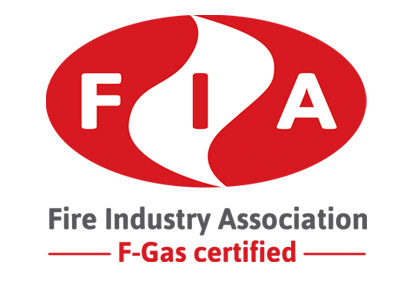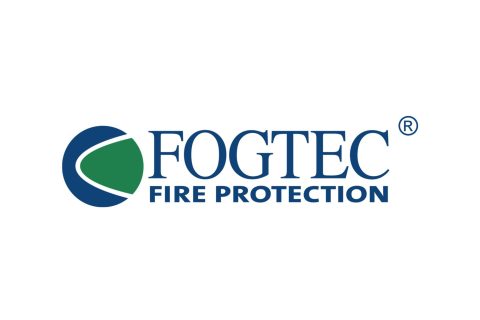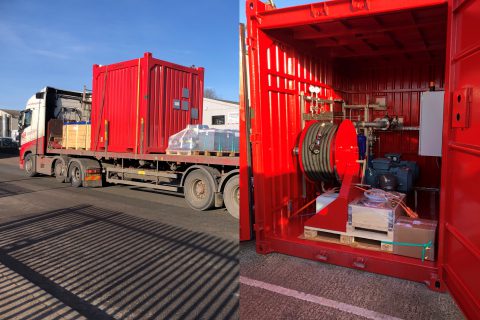Description
Overview
IR Technology versus Pellistor
| Pellistors do not fail safe | Sensors can be ‘poisoned’ and rendered insensitive to gas by silicones, lead, sulphurs and chlorinated compounds. |
| Pellistors are high maintenance | Sensors must be regularly tested with gas to ensure they are stilloperational. Sensors typically last 3-5 years, after which they must beexchanged. |
| Pellistors must be operated behind a sinter (flame arrestor) | Sinters may become blocked, thus preventing gas from reaching thesensor. |
| Pellistors may burn out | If exposed to gas concentrations in excess of 110% LEL. |
| Pellistors need oxygen | Their ability to detect gas reduces significantly in oxygen deficientatmospheres |
Low power
- IREX consumes less than 1W of power – ensures compatability with a wide range of control systems
Dependable
- Independantly tested for reliability and performance in harsh offshore conditions by Micropack Engineering Ltd – demonstrates IREX will operate dependable in any application
- 3rd party approval to the performance standard EN60079-29-1
- Employs sophisticated systems and algorithms – ensures reliable operation at all times
- T90 response time of less than 4 seconds – rapid indication of hydrocarbon gas hazards
- Optical components are treated with a STAY-CLIR coating – prevents partial obscuration in condensing atmospheres
Easy to maintain
- No adjustments are necessary at the detectors, zero and span adjustments (if required) are performed at the control panel only – saves significant time and cost
- Test can be applied remotely via a tube to the standard weather cover
- Sinter-free operation – unlike a pellistor sensor, there is no risk of a sinter becoming blocked





